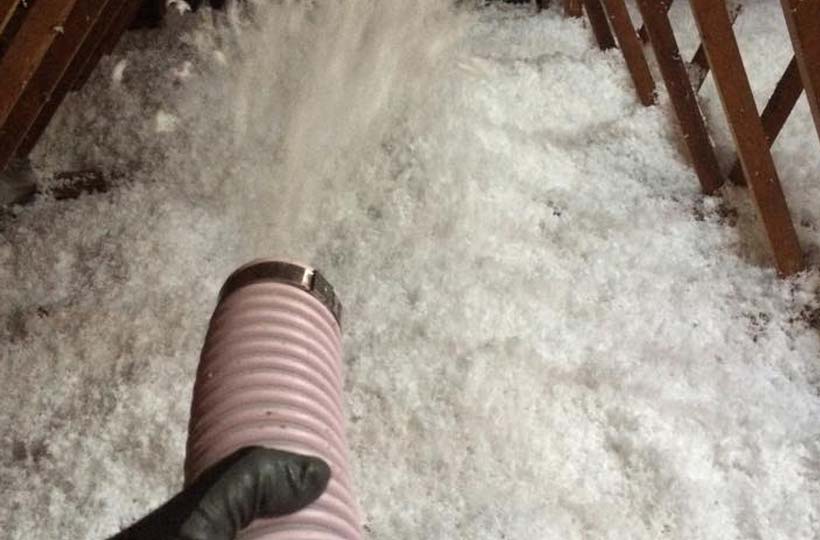When most people think of insulation, they think it’s meant only to keep heat inside of a home. If you thought that, you might think that your Californian home doesn’t need insulation, at least not like a home in Alaska might. However, attic insulation and its partner, ventilation, are just as critical in hot climates as they are in cold climates, just for slightly different reasons.
1. Energy Costs
Insulation doesn’t just hold heat in a home. Instead, it prevents heat from travelling in or out of the home. In cold climates, insulation will hold heat inside the home, but in hot climates, it will keep heat out. Proper insulation designed for hot climates can keep your air conditioning from escaping out the roof.
Attic insulation, especially the kind with reflective panels, can serve another function. Beneath the hot California sun, the asphalt shingles on your roof will absorb heat. Without a layer of insulation beneath them, this heat will radiate into your home, increasing your cooling costs.
In fact, getting new, high-quality attic insulation can reduce your energy costs, both by maintaining the cold air your air conditioner pumps out, and by keeping your roof’s solar heat from intruding into your home.
Of course, many areas of your home have insulation, but the attic is one of the easiest places to install new, more energy-efficient insulation. Changing the insulation in your walls would mean taking down your drywall, putting new drywall up, and painting the walls. In most attics, all you need to pull out the old insulation, place the new, and secure it. If you’ve chosen foam insulation, the process is even easier. All that needs to be done is spraying the insulation into place.
2. Moisture Levels
While insulation is very useful for its heat retaining properties, it also retains moisture. That can be a problem because excess moisture in your home can cause many different problems. These include:
- Water damage and stains
- Roof and shingle damage
- Air quality issues
- Mold growth
- Bacteria growth
Fixing water damage can be costly, and air quality issues can worsen any breathing issues you or your family members may have. Some types of mold, the toxigenic kind, have been linked to more serious health complications. Lastly, excess moisture build-up can affect your shingles and the other elements of your roof, causing them to wear out faster, so you have to replace them faster.
For all of these reasons, any roof with proper insulation will require ventilation to keep moisture levels down.
Does your attic have the right combination of insulation and ventilation to keep your energy costs down and your home free from excess moisture? If you’re not sure, a roofing professional can tell you what kind of insulation your attic has, and if that insulation is right for the Californian climate. Plus, if you notice your home has excess moisture, a roofing professional can tell you if a lack of ventilation in your attic is the root of the problem.

